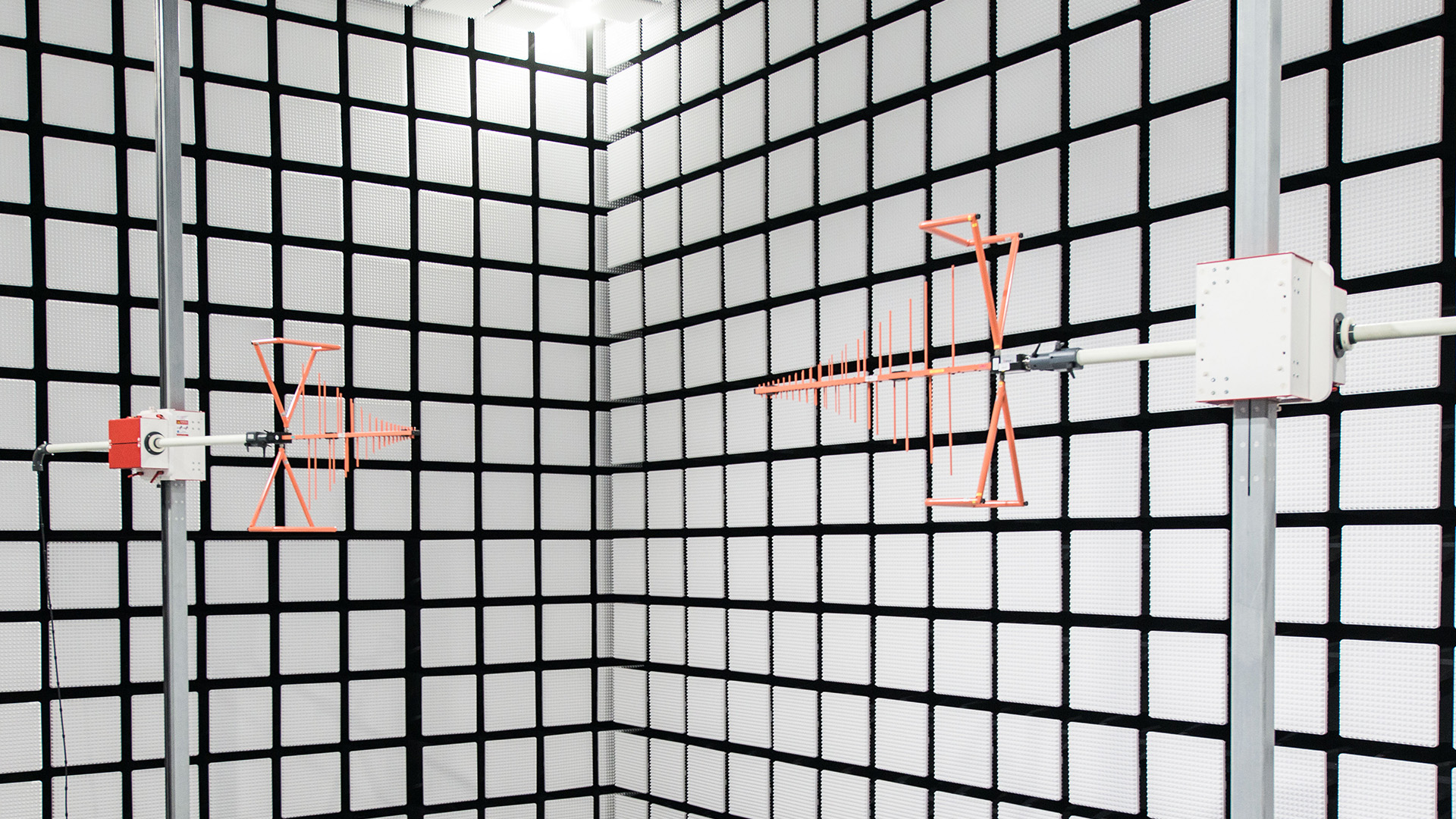SPICE-compatible Models for Passive Components with respect to DC-Bias conditions

Christoph Maier, TU-Graz / Institut für Hochfrequenztechnik (IHF)
Andree Scambor, TU-Graz / Institut für Hochfrequenztechnik (IHF)
Abstract
One of the major challenges in EMC simulation is the development of accurate models that can represent the complex behaviour of electromagnetic fields in a system. An inaccurate model can lead to incorrect predictions of the electromagnetic environment and can result in costly errors during the design and testing phases. The advent of new semiconductor devices (specifically SiC and GaN), accomplishing higher switching speeds than their conventional power electronic counterparts, necessitate accurate modelling of passive components in the RF domain. Moreover, the high load currents or voltages being switched can alter the characteristics of passive components due to saturation effects. Furthermore, considering the prevalence of SPICE-Style circuit solvers, models for conducted EMI are needed for these solvers.
In our talk we want to present a modelling pipeline, which enables us to take broadband measurements of passive components (i.e., inductors, capacitors, and common-mode chokes) in the frequency range of 9kHz to 1GHz under DC-Bias conditions up to 30A or 500V using a custom, high-power bias-tee. Coupling this with our tool ATMIS (Automated Tool for Modelling Impedance for SPICE), we are able to produce behavioural models that incorporate multiple resonances of the passive component in question as well as dependence on DC-bias conditions. Said models can be used in simulation for conducted EMI analysis in SPICE-Style solvers. We will provide some examples of said measurements complete with corresponding models. Also, we will have a look at some strategies for modelling DC-bias behaviour in passive components.
In conclusion, accurate EMC simulation models are essential for ensuring the safety, reliability, and performance of electronic systems. The use of accurate models can help designers identify potential EMI sources, design effective mitigation techniques, and reduce the risk of costly errors during the design and testing phases.















